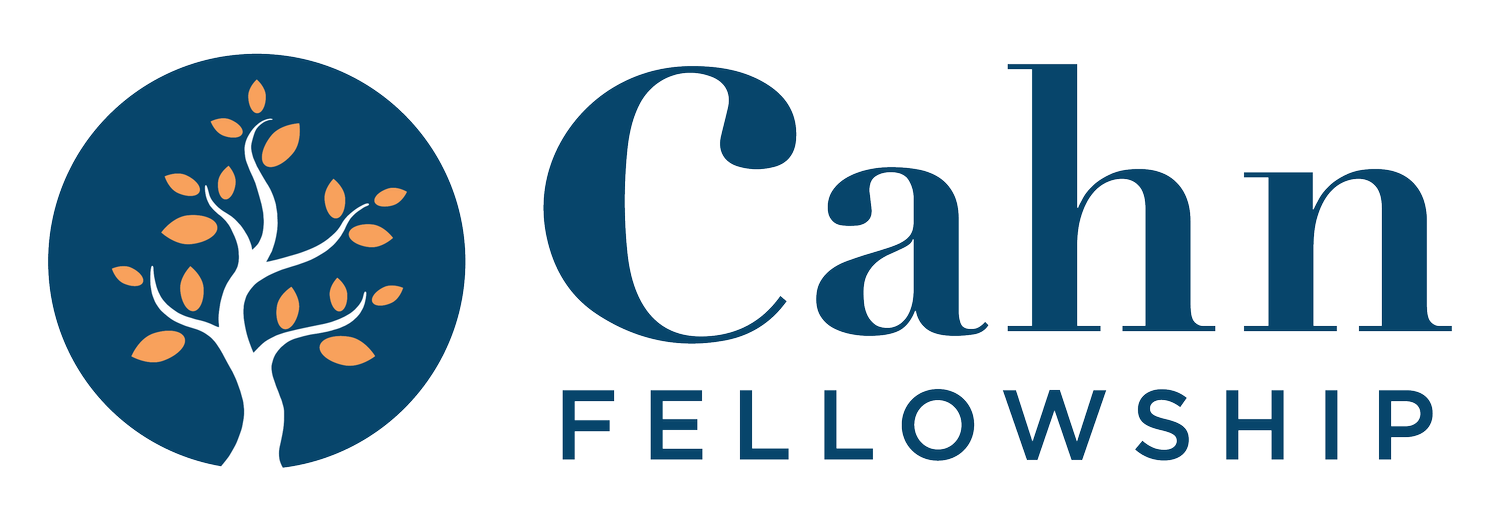M3- Magnets, Minorities and Music: Can We Get In Too?
Dr. Contessa Bryant • Cahn Fellow 2021
Sitting in a meeting recently, the Provost of our school mentioned how important it used to be in a middle class family when a piano was purchased for the home. A piano in the home is a forgone longing…something individuals no longer aspire to have. Children learning to play an instrument doesn’t seem as important either. Is it the economy? Space? Interest? There are so many people who make music on computers without the traditional skills of music theory, correct posture and proper hand placement.
New World School of the Arts is currently 15% Black. Many students can be seen in our dance programs that, while they include ballet, also include modern, African, jazz, etc. Our theater program bolsters both a musical theater component along with traditional staging. Our art program…well; it’s just pure magic. Our music program’s audition still requires students to perform classical pieces, sight read music and complete a music theory test. Many of the traditional middle schools, in our target communities, no longer offer music as an elective. And when there is a music program, the focus is really put on procession. Students are no longer learning music theory, sight reading or practicing piano at home.
This Cahn project initially intended to just look at magnets, minorities and music – M³ attempting to answer the questions around equity and inclusion in music. However, in the quest to address this issue, the fellow and ally ran into a larger issue of Black students and belonging. This project chronicles the journey of one of the nation’s premiere magnet schools for visual and performing arts as they sought to address equity, diversity and inclusion in order to be a school for ALL.

